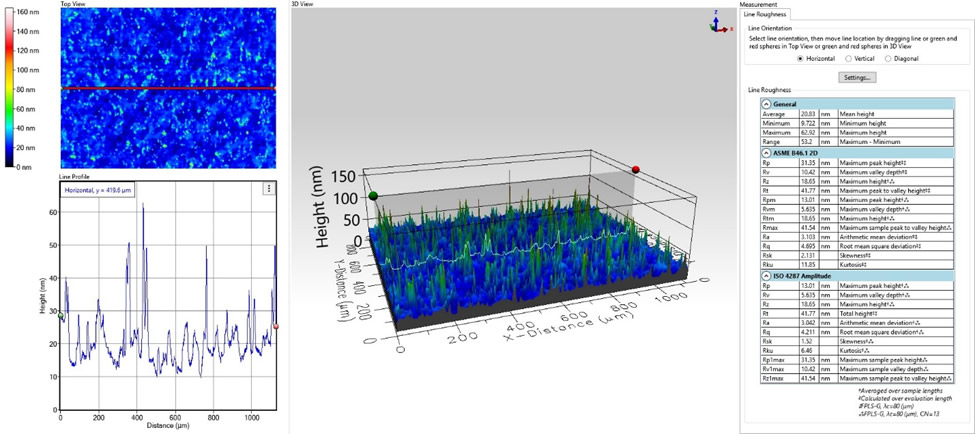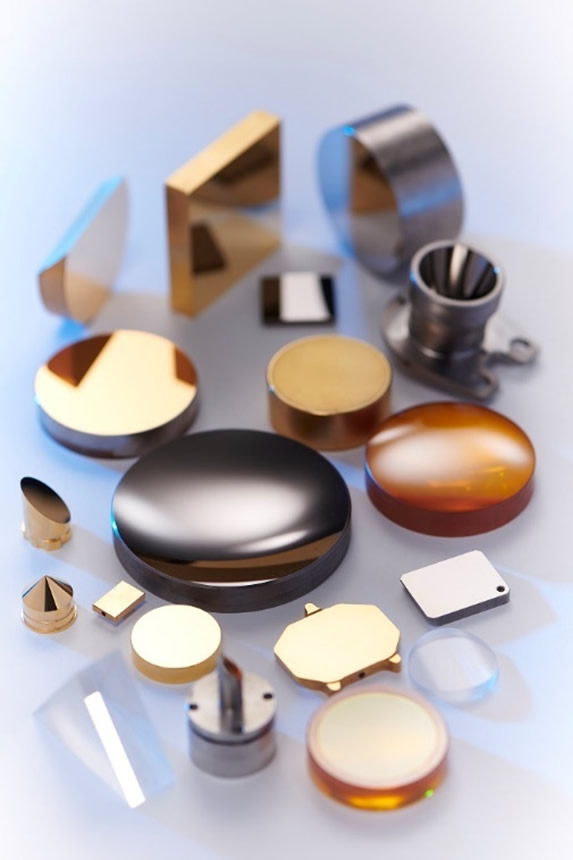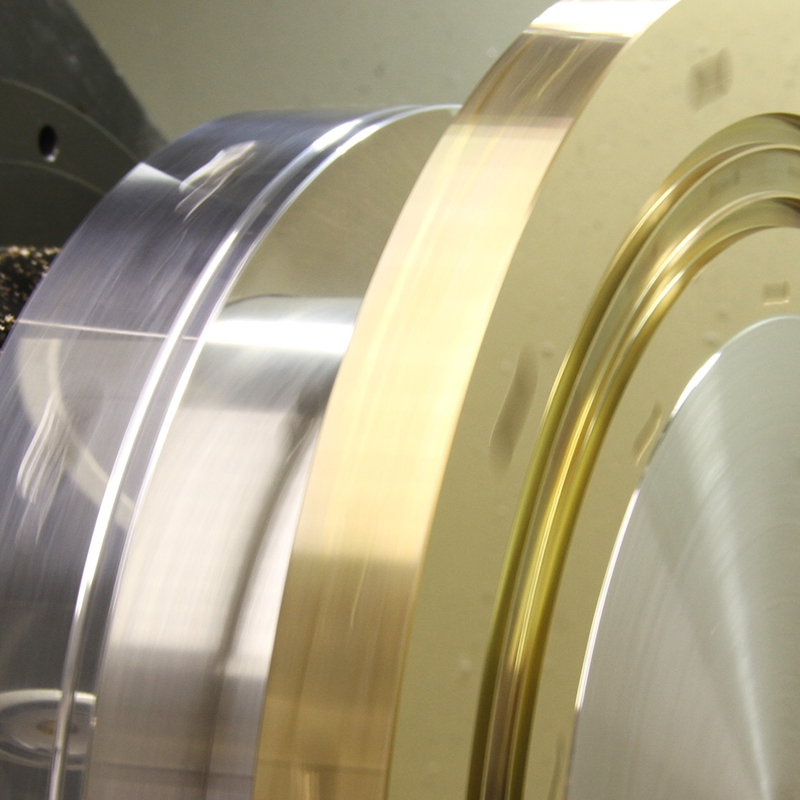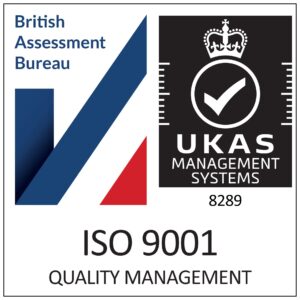Diamond Machining
Diamond Machining Capabilities
In August 2019, after many years of close collaboration, LBP Optics Ltd bought Stevenage-based diamond machining company Symons Mirror Technology (SMT).
The acquisition brings to the business a second manufacturing site in the UK, plus over 70 years of combined diamond machining expertise. This means that in addition to the existing range of optical and scientific mirrors, LBP Optics can now produce both conventional and technically advanced shapes with extreme precision including cylindrical, spherical, ellipsoidal and toroidal, polygons, pyramids, aspheric, infrared domes, lenses and mirrors.
With so many years of experience our diamond machining team have unrivalled technical expertise in producing very difficult and demanding specifications. We can diamond machine many materials including plastics, 3D generated and RSA material.
Quality Control
LBP Optics is committed to maintaining its position as one of the UK’s leading diamond machining manufacturers. Quality and accuracy are inherent in everything that we do.
LBP Optics is an ISO 9001:2015 accredited business and the company aims to meet the exacting quality requirements of the blue chip optical and high precision industries to which it is a major supplier.
Our goal is to fully understand customer’s needs, supply suitable quality products and to be pro-active in terms of introducing improved optical technology. The advanced manufacturing processes and stringent quality control systems that are in place are regularly reviewed to make sure that highly exacting optical and mechanical accuracy is achieved.
Materials
We work closely with customers at the concept stage of a component’s design to ensure that the material specified is compatible with our diamond machining tools and techniques. We need to ensure that the material structure has sufficient mechanical strength and thickness to achieve the form accuracy and surface finish required for optical quality components.
Materials that we regularly diamond machine include:
- Aluminium
- Copper
- Brass
- Electroless Nickel
- Gold
- Silver
- Germanium
- Zinc Sulfide
- Zinc Selenide
- Acrylic
- Plastics
Enhanced Optical Coatings
Many of the parts that we produce require specialist protective and enhanced reflectivity optical coatings. As well as our own in-house hard gold coating capability, we have close working relationships with LBP have been in a position to utilise the very best coating houses in the world. We for many years and have been involved in the development of ultra hard coatings that produce enhanced optical performances for many industries from medical to military and more.
Coatings available include:
- Protected vacuum deposited – Silicon Oxide, Carbon etc.
- Enhanced reflectivity vacuum deposited – Gold, Silver, Siliflex, Aluminium etc.
- Plating – Electroless Nickel, Gold
Concept, Design & Manufacture

The concept and design stage of a component are extremely important. We work very closely with customers’ optical designers at the concept stage. From your concept we give guidance on ways to minimise alignment, securing techniques, and other ways to reduce optic distortion.
Each optic or component that we manufacture is considered individually. Detailed specifications are calculated on a job by job basis, taking in to account various factors including stiffness of structure, material, size and substrate geometry.
Typical specifications achieved are set out below:
Surface roughness | 50Å Ra. (0.005 microns) |
Surface accuracy | λ/4 at 633 nm over Ø100mm |
Angle accuracy | 2 seconds of arc |
Roundness | 0.1 microns |
We regularly manufacture components for many applications including:
- Military
- Astronomy & Astrophysics
- Space & Airborne Optics
- Scanning Systems
- Thermal Imaging Systems
- Laser Systems
- Infrared Missile systems
- High Precision Mechanical components
- Optical Components
- Scientific Research Laboratories
- Moulds for Plastic Components and Replica Optics
With our state-of-the-art 3D optical profilometer we can measure surface roughness from sub-nanometer to millimetre scale – something that is essential for some of our customers where surface finish is vitally important. Reports are easily generated and can be supplied upon request.


Diamond Machining Products
Our diamond machining facility creates bespoke precision engineered components. Most of our products fall in to the categories below:
Cold Shields
Cold shields are used to protect image sensors from stray radiation particularly in the 8-13 micron wavelength range. They are commonly used at cryogenic temperatures which increases the signal to noise ratio in thermal imaging systems. To enhance the system performance still further cold shields are often gold coated and can reflect 99% of infrared energy. They were originally used by the military in the late seventies.
Since diamond machined aluminium cold shields can be machined to a highly reflective surface with integral mounting and location points, they are a cost effective and lightweight solution to enhance the performance of infrared systems.
Toric Surfaces
These are components that have two different radii at 90 degrees to each other and are often used to correct astigmatism. They can be machined by rotating the component the required distance from the axis of rotation. The second radius is then machined at right angles to it. If these radii are too large it becomes impractical to swing the component at the required distance from the centre of rotation.
Plano Elliptical
This group of components are machined by rotating the diamond tool at a precise radius at high speed. The component is then moved at an angle through the rotating tool path. This is known as R-theta fly cutting.
The resulting surface produces two foci along the optical path. This is often used to produce a “virtual image” or move the position of a focus.
Aspheric Optics
We have been manufacturing aspheric lenses, mirrors and moulds for many years, including ellipsoids, parabolas and hyperbolas. We use the best single crystal diamonds. These tools are manufactured and inspected to ensure that they have a cutting edge roundness of less than 30nm.
Single point diamond turning is ideally suited to this rotationally symmetrical surface form for aspheric lenses, mirrors and moulds. Because diamond machined aspheric optics do not suffer the spherical aberrations found in traditionally polished spherical optics, this allows optical designers to reduce the number of elements needed in an optical system. Aspheric optics are increasingly being used in all facets of the photonics industry including camera phones and contact lenses.
There are many advantages in diamond machined aspheric optical elements:
- The performance of optical systems is greatly increased.
- The number of elements can be reduced within an optical system.
- <2nm integral optical alignment surfaces are possible.
Cylindrical, Conic, Bores & Tapers
These geometric shapes are ideally suited to single point diamond turning. The machining configuration for these types of components is similar to a standard lathe. However, our diamond machines can machine to unparalleled accuracies. Our slide ways have a straightness of better than 200nm over the full travel. The air bearing spindles have an axial and radial accuracy of better than 12nm. The CNC feedback resolution is 0.034nm.
These ultra accurate machines, along with the many years of diamond machining experience our engineers have, enable us to supply some of the most accurate components available.
Scanning Polygons
In today’s digital world the need for high speed rotating and oscillating scanning optics is ever increasing. The use of lightweight materials in these optical systems, such as aluminium, is fundamental.
We have been manufacturing these parts for over 20 years and can achieve s urface figure errors of less than 30nm rms.
If the correct substrate material is chosen surface finishes of as little as 20nm rms can be maintained, which results in minimal surface scatter.
The optical performance of these systems also relies on the mechanical dimensional tolerances. So we work closely with customers to make sure that the optical design incorporates diamond machined reference faces, diameters and bores.
Plano Surfaces
Our optical engineers have been diamond machining high precision flat surfaces for more than 20 years, after developing the process for diamond machining 14” aluminium hard disk drives. We can machine plano mirror surfaces from Ø1mm to Ø500mm. Our expertise and experience has enabled us to develop processes to machine thin (0.30mm thick) mirrors flat to a few wavelengths. We have machined 2mm thick mirrors flat to λ/10 each side with a surface finish of 2.5nm rms.
Not all of these precise flat surfaces are used as optical components. We regularly machine panels 700mm x 150mm x 2mm thick from 99.999% pure aluminium to a surface finish of 10nm rms. These surfaces are used to grow in an organic membrane used in the medical industry. Because of our ability to machine up to Ø500mm we are able tocan provide our customers with lightweight precision plates on which to mount their optical assemblies and test fixtures.




